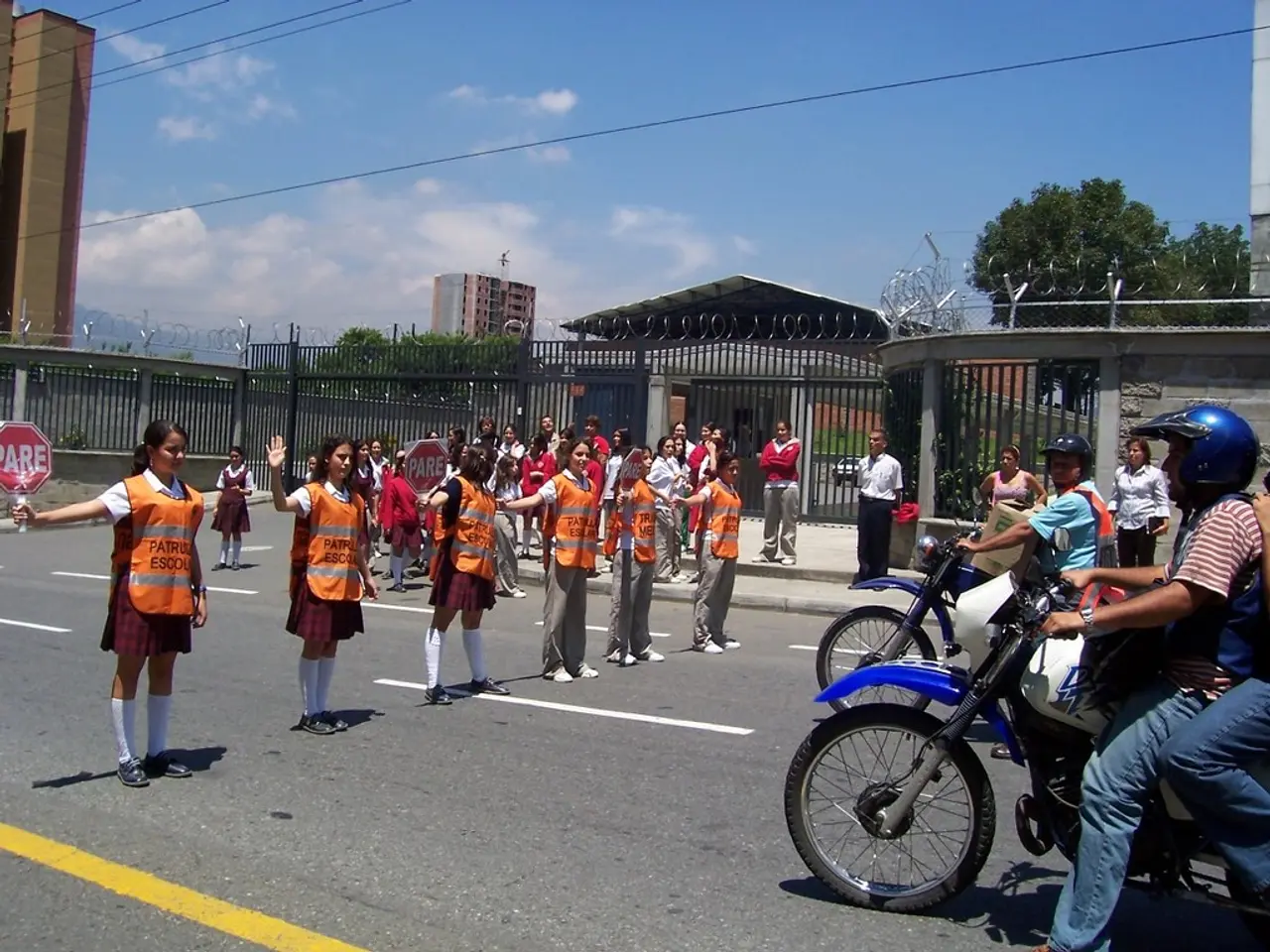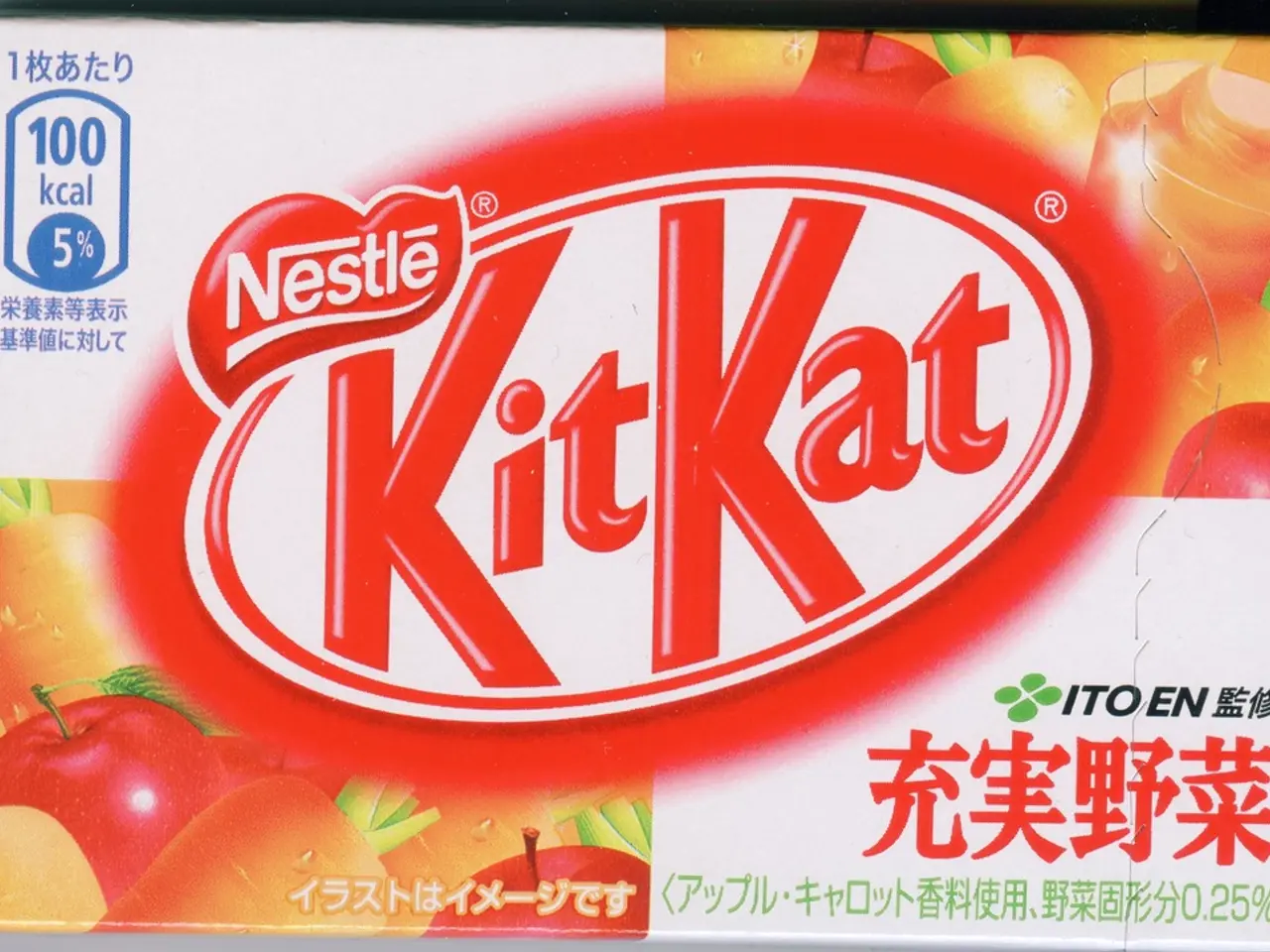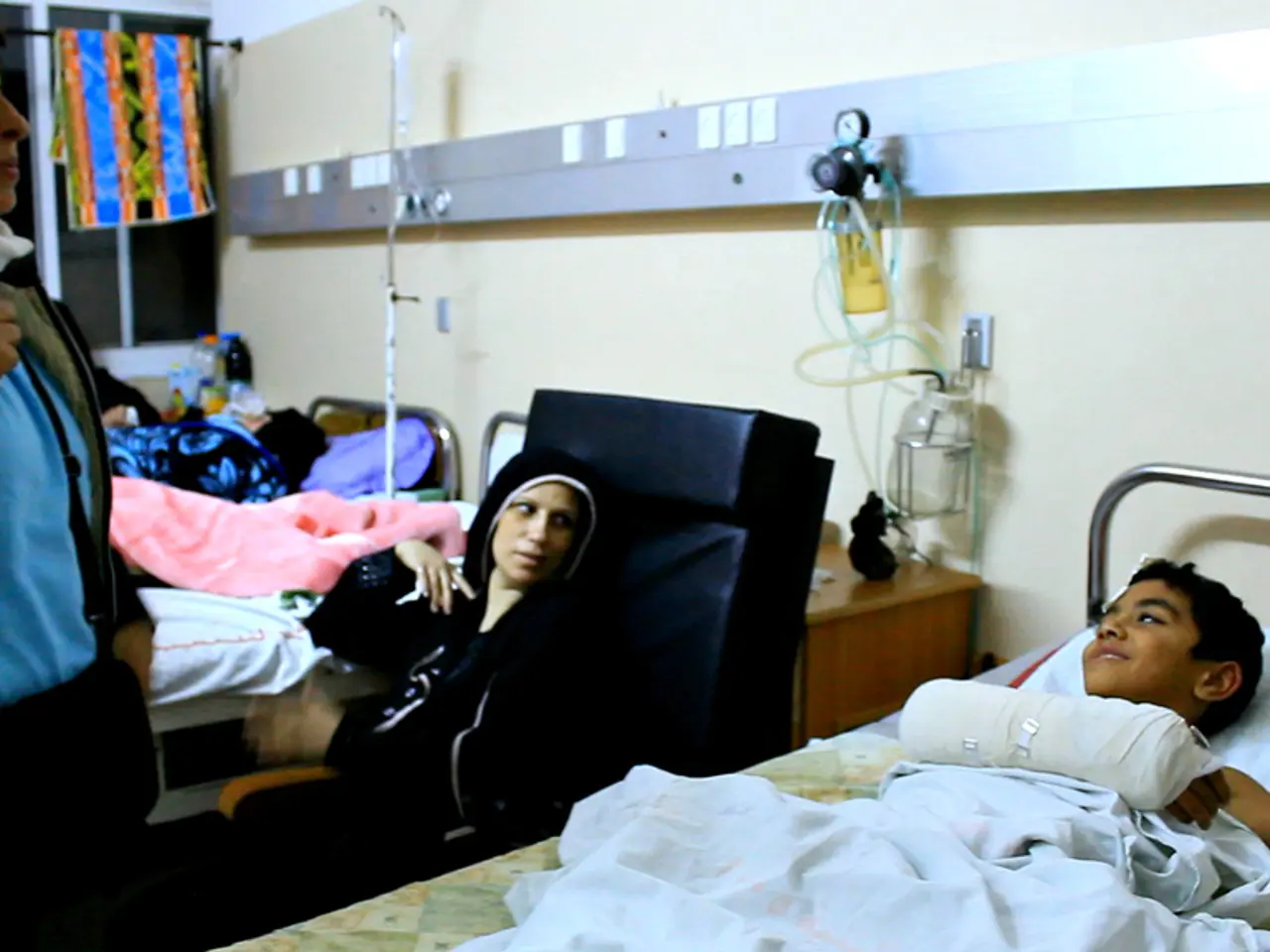Hospitalization following severe sunburn during Sylt cruise - Extended excursion results in hospitalization due to extreme sunburn on children during school trip
A recent school trip to the North Sea island of Sylt has raised concerns about sun protection after three third-graders from Rudolf-Tonner School in Neumünster suffered severe sunburns. One child, whose father has filed a disciplinary complaint against the teachers, was admitted to the University Hospital Schleswig-Holstein (UKSH) in Lübeck with second-degree burns and blistering of the skin.
During the school trip, which took place from June 30th to July 4th, the teachers accompanied the affected children to a doctor on Sylt. However, allegations have been raised against a teacher for playing down the severity of a child's sunburn and refusing to accompany them to the doctor. Another child reported being told not to make a fuss about their burns.
The incident has highlighted the importance of sun protection, especially for children, whose skin is thinner and reacts more sensitively to UV radiation. To prevent severe sunburn and heat-related illnesses during school trips to sunny, coastal locations like the North Sea islands, schools and parents should follow key guidelines:
1. Apply sunscreen with a high SPF (30 or higher) generously on all exposed skin before going outdoors, and reapply every two hours, or more frequently if children are swimming or sweating. 2. Ensure children wear wide-brimmed hats and sunglasses to protect their face, ears, neck, and eyes from harmful UV rays. 3. Encourage wearing loose, light-colored, and long-sleeved clothing to minimize direct sun exposure while keeping children cool. 4. Promote staying in the shade as much as possible during outdoor activities, especially during peak UV hours between 10 a.m. and 4 p.m. 5. Keep children well-hydrated by providing plenty of water and electrolyte drinks throughout the day to prevent heat exhaustion and sunstroke. 6. For any transportation in cars, use window shades to reduce direct sunlight exposure and prevent overheating or sunburn through windows. 7. Schools should consider relaxing uniform policies during hot weather to allow more suitable clothing and sun protection measures.
The risk of sunburn is often underestimated on the North Sea islands due to lower temperatures and frequent wind. However, sand and water can reflect UV rays, which can harm the body, especially the skin and eyes. In the worst-case scenario, skin cancer can develop over time, and sunburns permanently damage the skin's repair mechanisms.
The Schleswig-Holstein Ministry of Education has confirmed a doctor's visit during the class trip and stated that the responsible school inspector in Neumünster was in constant contact with the school management and parents. The ministry also emphasized the importance of sun protection during school trips and encouraged schools to discuss the topic with parents at parents' evenings.
The affected children continued to play and the school trip continued as normal, but it serves as a reminder for schools and parents to take sun protection seriously and ensure that children are well-protected during outdoor activities. It is crucial to start using good sun protection at a young age to prevent long-term damage and potential health risks.
- The North Sea island trip incident underscores the significance of community policy regarding sun protection, especially for children, as their skin is more sensitive to UV radiation.
- In light of the medical-conditions linked to skin-care and mental-health, it's imperative that schools provide vocational training on health-and-wellness to teachers, ensuring they are equipped to handle such situations.
- General-news outlets have reported increased cases of skin-conditions due to lack of sun protection, triggering discussions on crime-and-justice aspects related to educational negligence.
- To mitigate the risk of sunburn, schools should incorporate strategies like applying high SPF sunscreen, using protective clothing, and promoting shade use during peak UV hours in their vocational training programs for teachers.




